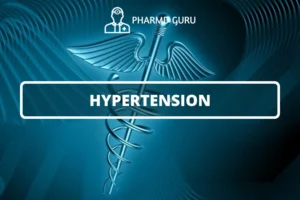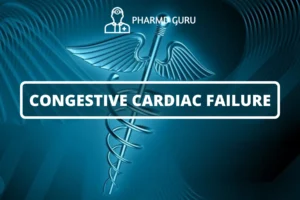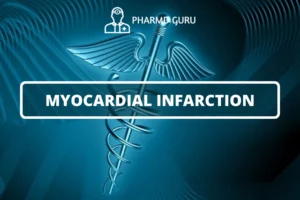Asthma is a chronic respiratory condition characterized by airway inflammation, bronchoconstriction, and increased airway responsiveness. It affects millions of people worldwide, causing recurring episodes of wheezing, coughing, chest tightness, and shortness of breath. In this article, we will explore the etiopathogenesis (the underlying causes and mechanisms) of asthma and discuss the pharmacotherapy options available for its management.
SCROLL DOWN TO THE BOTTOM OF THIS PAGE FOR ACTUAL NOTES.
Table of Contents
- Understanding the Etiopathogenesis of Asthma
- Inflammatory Pathways in Asthma
- Airway Hyperresponsiveness
- Triggers and Risk Factors
- Classification of Asthma
- Pharmacotherapy for Asthma
- Short-Acting Bronchodilators
- Long-Acting Bronchodilators
- Inhaled Corticosteroids
- Combination Therapy
- Biologic Agents
1. Understanding the Etiopathogenesis of Asthma
The exact etiology of asthma is not fully understood, but it involves a complex interplay of genetic, environmental, and immunological factors. The immune system plays a significant role, with a type of immune response called Th2-mediated inflammation being a key feature. This immune response leads to chronic airway inflammation and structural changes in the airway walls, contributing to the development and progression of asthma.
2. Inflammatory Pathways in Asthma
In asthma, the airways undergo chronic inflammation, involving various inflammatory cells, such as eosinophils, mast cells, and T lymphocytes. The release of inflammatory mediators, including cytokines, leukotrienes, and histamine, leads to bronchoconstriction, mucus production, and airway remodeling. These processes contribute to the characteristic symptoms and airway dysfunction observed in asthma.
3. Airway Hyperresponsiveness
One of the hallmarks of asthma is increased airway hyperresponsiveness. This means that the airways are overly sensitive to various triggers, such as allergens, respiratory infections, exercise, or irritants. The exaggerated response leads to bronchoconstriction and further narrowing of the airways, resulting in symptoms and breathing difficulties.
4. Triggers and Risk Factors
Asthma symptoms can be triggered by a range of factors, including allergens (such as pollen, dust mites, and pet dander), respiratory infections, exercise, cold air, irritants (such as smoke or strong odors), and certain medications. Additionally, genetic predisposition, family history of asthma or allergies, and exposure to environmental pollutants increase the risk of developing asthma.
5. Classification of Asthma
Asthma is classified into different subtypes based on the underlying mechanisms and severity of symptoms. The classification helps guide treatment decisions. The two main categories are:
- Intermittent Asthma: Symptoms occur less than twice a week, and lung function is normal between episodes.
- Persistent Asthma: Symptoms occur more than twice a week, and lung function may be impaired even between episodes.
6. Pharmacotherapy for Asthma
Pharmacotherapy plays a central role in managing asthma and aims to control symptoms, reduce inflammation, and improve lung function. Several classes of medications are used, depending on the severity of the condition and individual patient factors.
7. Short-Acting Bronchodilators
Short-acting bronchodilators, also known as relievers or rescue medications, provide quick relief by relaxing the airway muscles and relieving bronchoconstriction. They are typically used on an as-needed basis to alleviate acute symptoms, such as wheezing or shortness of breath.
8. Long-Acting Bronchodilators
Long-acting bronchodilators are used for long-term maintenance and control of asthma symptoms. They provide sustained bronchodilation and are often combined with inhaled corticosteroids for better asthma control.
9. Inhaled Corticosteroids
Inhaled corticosteroids are the cornerstone of asthma management. They reduce airway inflammation and help prevent exacerbations. When used regularly, they can improve lung function, reduce symptoms, and minimize the need for rescue medications.
10. Combination Therapy
For individuals with moderate to severe asthma that is not well controlled by inhaled corticosteroids alone, combination therapy may be prescribed. This involves the use of an inhaled corticosteroid along with a long-acting bronchodilator in a single inhaler.
11. Biologic Agents
Biologic agents, also known as monoclonal antibodies, target specific immune pathways involved in asthma. They are reserved for individuals with severe asthma who do not respond adequately to standard therapies. Biologics can help reduce exacerbations and improve lung function in these patients.
ACTUAL NOTES:




